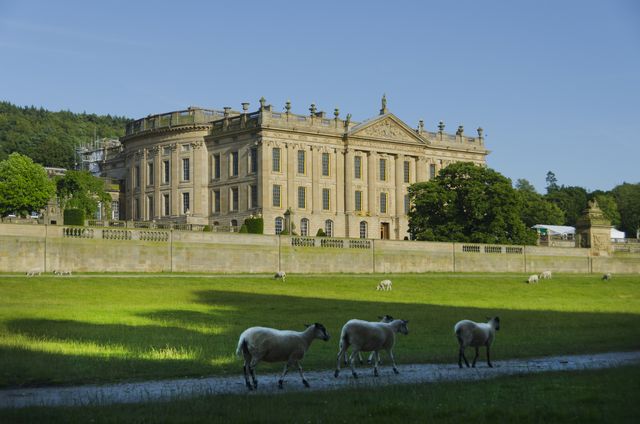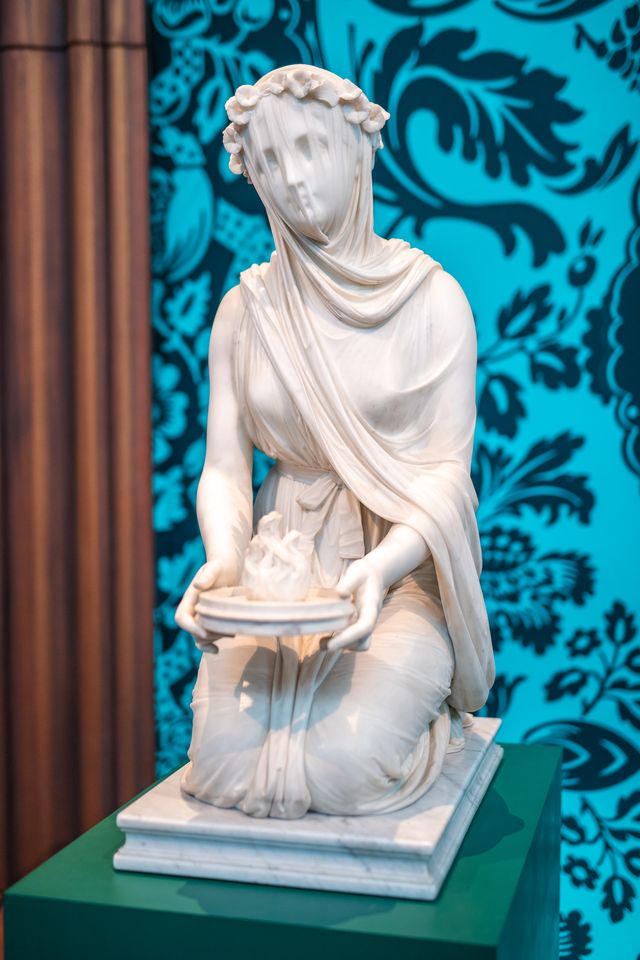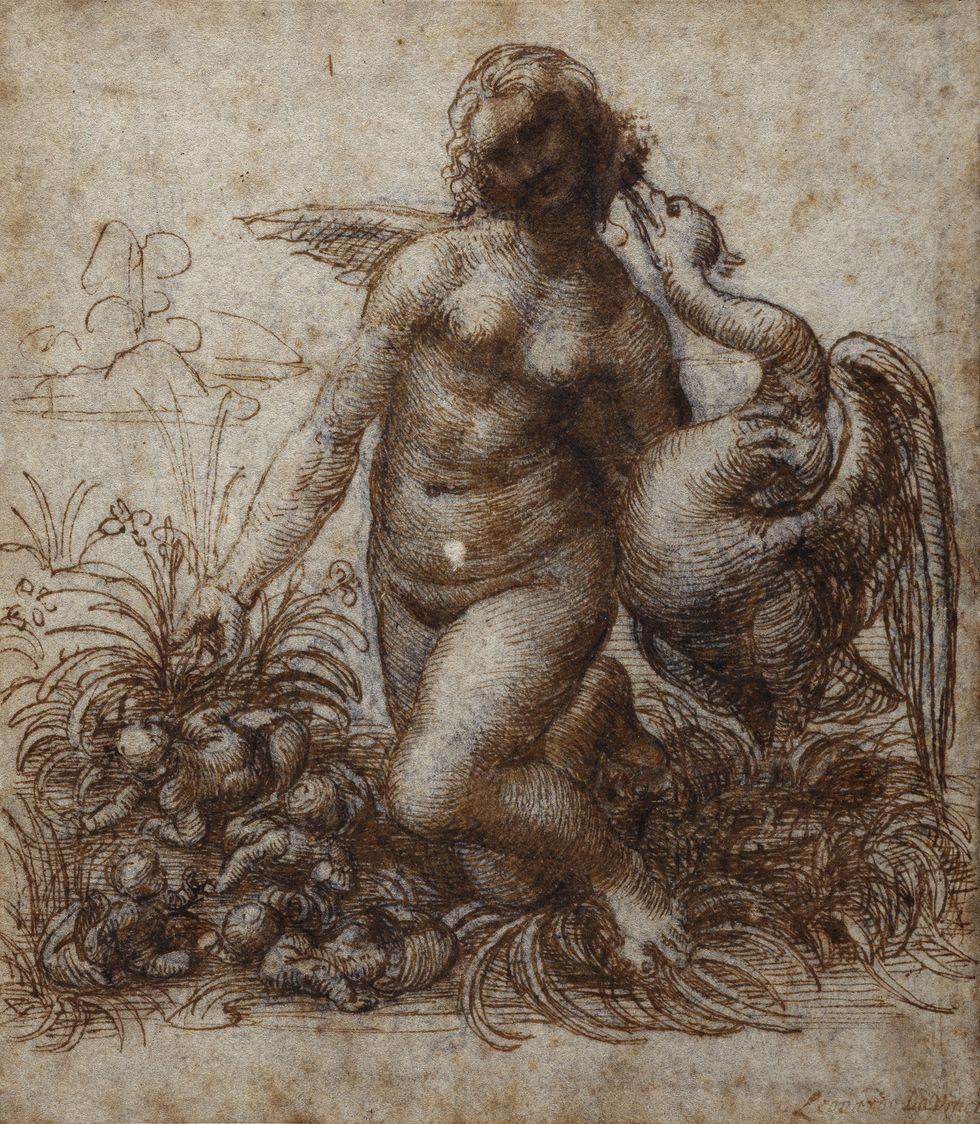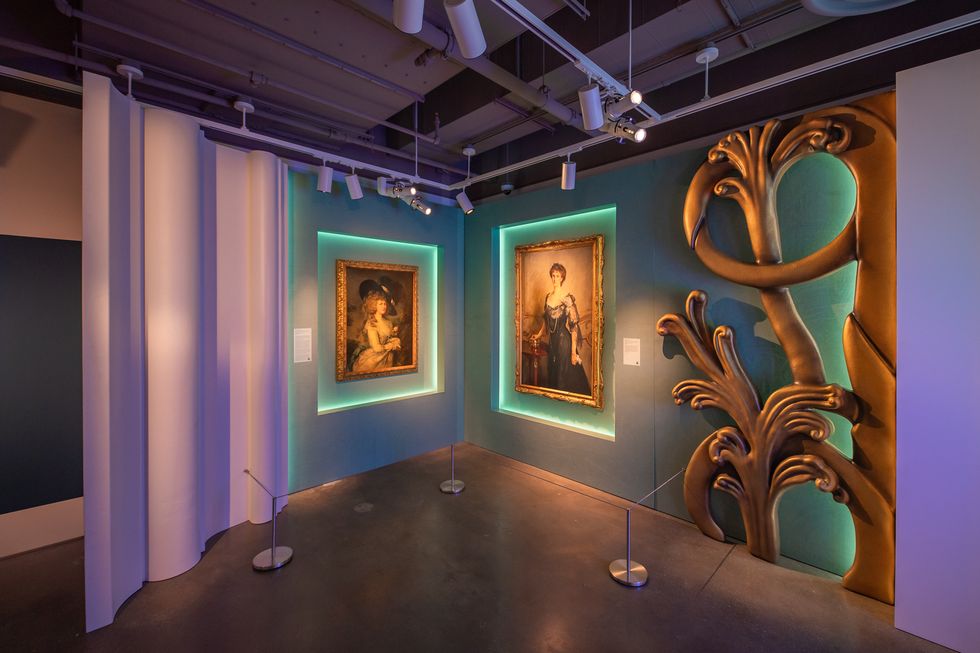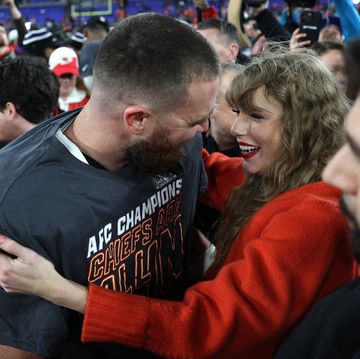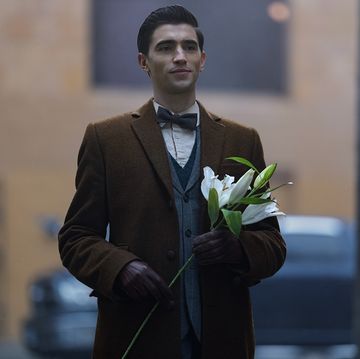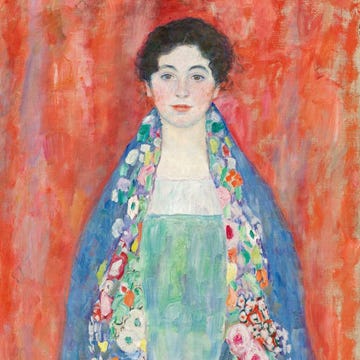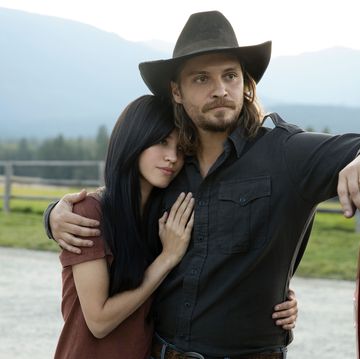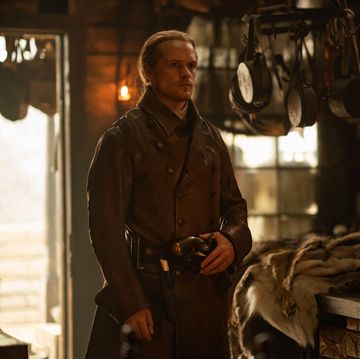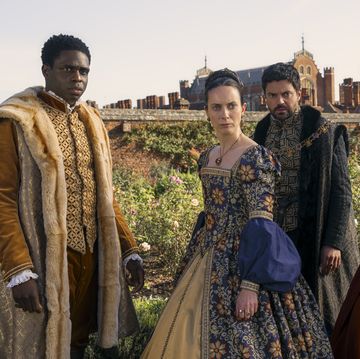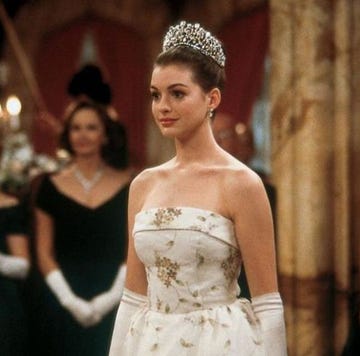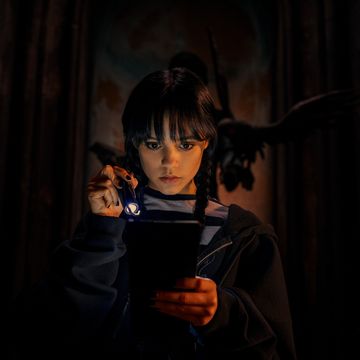Long before there was Downton Abbey, there was Chatsworth, a grand 175-room estate set amidst a thousand-acre park in Central England. It has been the ancestral home of the Cavendish family since 1549. For Anglophiles, a visit to Chatsworth, which has been open to the public since the 1990s, is a must, particularly to see the Chatsworth art collection, a spectacular array of art, letters, jewels, books, sculptures—virtually anything that one could collect over the course of 500 years.
“Each generation brings in something different—luckily for us they very rarely threw anything away!” says Alice Martin, collections manager for the Devonshire Collection.
Starting today, 43 pieces of this collection will be on view at Sotheby’s newly renovated galleries in Manhattan (the pieces are not slated for auction; this is just a chance to see the treasures in the US). Highlights include Leonardo da Vinci’s "Leda and the Swan" sketch, the Devonshire Parure, Rembrandt van Rign’s "Portrait of an Old Man," and Thomas Gainsborough’s famed portrait of Georgiana, Duchess of Devonshire. (The Cavendish family has been known as the Dukes and Duchesses of Devonshire for twelve generations.)
This means that pieces like Raeffaele Monti’s Veiled Vestal virgin, which was commissioned by the Sixth Duke of Devonshire in 1846, were collected in real time, reflecting changing tastes and evolving artistic styles.
For example, one might note the white spot on da Vinci’s "Leda and the Swan," which came about when the 10th Duke of Devonshire was asked to send the sketch to Milan in 1938 for a seminal Leonardo da Vinci exhibition.
The Duke was hesitant, because of the impending war, but when he found out that King George VI was lending his da Vinci, then he went along with it as well (talk about pressure). World War II began and the sketch stayed in Milan until 1946, when it was sent back to Chatsworth, bearing a little white mark from its adventures.
Then there is the Devonshire Parure, a set commissioned by the Sixth Duke of Devonshire for his niece to wear at Czar Nicholas II’s coronation. Set with elaborately carved gems, the seven-piece set is an extremely rare example of its kind as most pieces from that era were later dismantled to create new pieces of jewelry.
But perhaps the most historically fascinating piece is the portrait of Georgiana. The duchess herself, born in 1757, was a bon vivant, a political savant and renowned beauty—she also happens to be the great-great-great-grand-aunt of Diana, Princess of Wales. And her portrait by Gainsborough has had a similarly larger-than-life existence.
After Georgiana’s death at the age of 49, it was lost for 35 years, somehow reappearing in an elderly schoolmistress’s house in 1841, cut off at the knee so that it would fit above the fireplace. An art dealer spotted it some years later, bought it, and ultimately the portrait went up for auction at Christie’s in London, where art dealer William Agnew, bought it for $51,540 (the highest price ever paid for a painting at auction at that time, the New York Times reported).
In the massive publicity that followed, the portrait drew many admirers, including art thief Adam Worth, who stole the painting in 1876. He hid it until 1901 when a series of misfortunes prompted him to hand the painting over to Pinkerton Detective agency, who returned it to Agnews.
At this point, J.P. Morgan, whose father initially tried to buy the painting before the heist, bought it from Agnews and Georgiana stayed in the Morgan family until 1993. When Sotheby’s put the painting up for auction in 1994, the Chatsworth House Trust bought the portrait, and Georgiana finally returned to her original home.
“She was recently cleaned and restored for the Sotheby’s exhibition, so she is looking better than ever in 2019,” Martin says.
These pieces, and many others are free to the public to view until September 18, in Treasures from Chatsworth: The Exhibition. “We hope to help spread awareness about why we look after this collection and how important for us it is to continue it," she adds. "It often can seem like these country houses are stuck in aspic, and it’s never about that.”
To her point, those England-bound can visit Gucci’s first artist-in-residence, Rachel Feinstein, who is installing works on Chatsworth’s grounds this summer.

Olivia Hosken is the deputy managing editor of House Beautiful, where she oversees operations across the brand's print and digital platforms. She also writes about design and architecture and was previously the style & interiors writer at Town & Country and the managing editor of Dwell.
